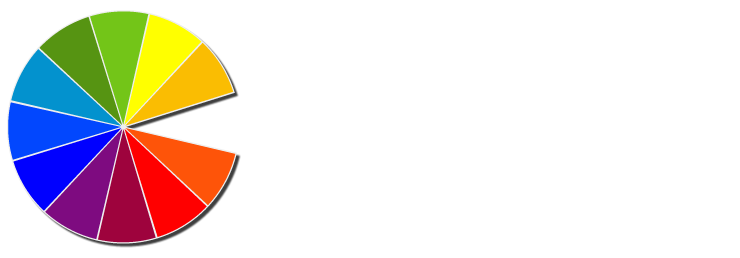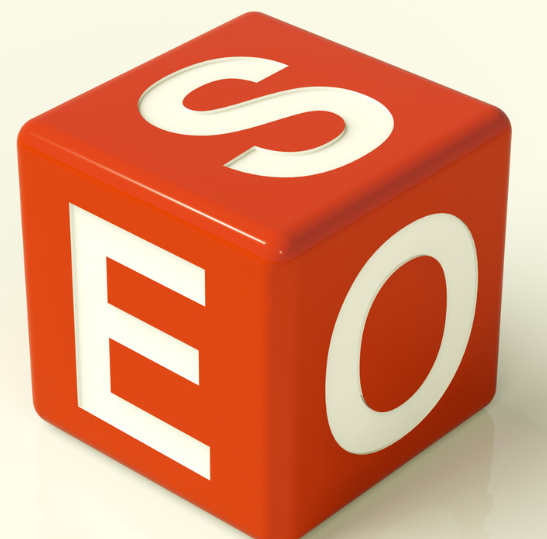Many people see search engine optimization (SEO) as a science, rooted in algorithms and technical strategies. While that’s certainly a valid take, SEO is equally an art—a dynamic craft that requires creativity and technical skill. As an SEO expert, I’ve come to appreciate that mastering SEO is like creating a painting: it requires a deep understanding of the tools at your disposal, a vision for the final piece, and the patience to refine your work over time. Let’s explore why SEO is as much an art as it is a science.
The Art of Understanding the Medium
In art, you need to understand your medium—oil paint, marble, or digital pixels. In SEO, the medium is the digital ecosystem, shaped by search engines like Google. I look at Google as the art critic and the gallery owner. It decides what gets displayed, how it’s displayed, and to whom.
Google frequently updates its algorithms, challenging SEO professionals to continuously refine their strategies. This is where the artistry comes into play—balancing the need to meet technical requirements with the ability to tell a compelling story that connects with users.
Science is knowing that a fast, mobile-friendly site ranks higher. Art is crafting content so compelling that users want to stay, engage, and explore further.
Painting with Keywords
Keywords are the paintbrushes and pigments of SEO. They’re the tools we use to create visibility and engagement. Keyword research feels like picking out colors for a masterpiece—each keyword needs to fit into the broader composition.
It’s tempting to use popular keywords to grab attention, but overloading your content with them is like painting with too much of the same color—it overwhelms the eye. Instead, I often mix short-tail and long-tail keywords to add depth and balance. For example, a short-tail keyword like “SEO strategies” captures broad attention, while a long-tail phrase like “how to optimize search engine rankings for local businesses” addresses specific queries.
When done right, this makes sure the content flows naturally and appeals to both readers and search engines. It’s a delicate balance between creativity and precision, one that keeps the audience intrigued without feeling overwhelmed.
Composition: Structuring Your Masterpiece
Just like how an artist handles balance and focus in their work, SEO professionals structure webpages to guide users through the content. I approach this step with a critical eye, considering aesthetics and functionality. It’s about aligning the user’s journey with the search engine’s criteria.
For instance, headers and subheadings act like the framework of a painting, drawing attention to the most important parts. Internal links are the fine details, encouraging exploration and creating connections between ideas. Even seemingly minor elements, like meta descriptions, play a role—they’re the strokes that add depth and context to the overall picture.
In my experience, the best compositions are those that balance creativity with clarity. The goal is to create something that’s as visually engaging as it is easy to navigate.
Storytelling: The Soul of SEO
Art is built on storytelling, and SEO is no different. Every webpage, blog post, or product description should tell a story that resonates with the audience. It’s not just about ranking high on Google; it’s about creating an emotional connection that keeps users coming back.
How to Build a Narrative for Your Brand
To weave a strong narrative into your SEO strategy:
- Understand Your Audience: Research their pain points, needs, and aspirations.
- Craft a Journey: Use content to guide them from awareness to action, answering their questions along the way.
- Add Personal Touches: Share relatable anecdotes or case studies that reflect your brand’s personality.
For example, a blog post on “how to decorate cakes like a pro” doesn’t just rank for keywords; it tells a story that inspires and educates, demonstrating the brand’s passion for baking.
Iteration: Refining the Vision
One of the most rewarding aspects of SEO is its iterative nature. Much like an artist revisiting their work, SEO requires continuous tweaking and refinement. This isn’t a process of trial and error—it’s a deliberate approach to improving based on data and intuition.
When I look at metrics like bounce rates or organic traffic, I’m not just looking for numbers; I’m seeking insights into how people interact with the content. Is the composition off? Are the colors (keywords) too bold or too muted? This constant evaluation and adjustment are what make SEO into a craft.
Overcoming Challenges in Refinement
- Identify Weak Points: Use tools like Google Analytics or SEMrush to pinpoint underperforming content.
- Experiment Boldly: Test new headlines, adjust keyword density, or add visuals to improve engagement.
- Gather Feedback: User feedback often uncovers insights that data alone can’t provide.
Collaboration: The Ensemble Effort
In my time doing SEO, I’ve learned that collaboration plays a huge role in success. Just like a film director works with actors, writers, and set designers, SEO professionals collaborate with a range of specialists to bring a vision to life.
How SEO Teams Work Together
- Writers: Craft keyword-rich, compelling content that aligns with the brand’s voice.
- Designers: Enhance the visual appeal and user experience of the site.
- Developers: Optimize technical aspects like page speed and mobile compatibility.
Showcasing Your Work
Every artistic endeavor culminates in the exhibition, and in SEO, that exhibition is the search engine results page (SERP). Achieving visibility in this crowded space requires more than just skill—it requires innovation.
Crafting attention-grabbing meta titles and descriptions is important—they’re the invitations that draw audiences into your gallery. For instance, a compelling meta description for this article might be: “Learn why SEO is more than just a science—it’s an art form that blends creativity and technique to create digital masterpieces.”
The Legacy of SEO as an Art
In my years of working in search engine optimization, I’ve come to see it as more than just a career—it’s a form of creative expression. It’s about crafting digital experiences that meet technical standards as well as inspire, inform, and connect.
To embrace SEO as an art, focus on:
- Balancing creativity with technique: Blend the technical and the aesthetic for a seamless user experience.
- Continuous learning: Keep refining your craft as trends evolve.
- Storytelling: Use narratives to build trust and emotional resonance with your audience.
By embracing SEO as an art form, you can transform your digital presence into a masterpiece that stands the test of time. So, pick up your “paintbrush” and start creating!





